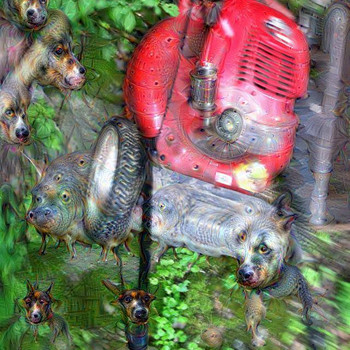Question #5487e
1 Answer
It's an interesting question and I can understand why your physics teacher might have asked. The core of the question is about the difference between elastic and inelastic collisions. If a bullet bounces back, more momentum must be transferred to the bear. If a bullet passes through the bear, the bullet still carries some momentum and less is transferred to the bear. Somewhere in the middle is the case where the bullet fragments on impact and all of the shards stay inside the bear's flesh and the momentum of the bear after impact is simply the momentum of the bullet before the impact.
Unfortunately, real bullets don't work this way. See this [article on the real reaction to bullet impacts.](http://www.forcenecessary.com/force-necessary-combatives/articles/article-newtons-bullet/) If amount of momentum necessary to topple a bear is contained in a tiny bullet, it would have to be going very very fast. Fast enough, in fact, to cut right through the bear and transfer very little of its momentum.
You might think, "Well, I could just fire a very heavy bullet." A good choice would be an artillery round from a M1 tank. These shells can be launched at mach 2 and weigh up to 20 pounds. Here we might have to debate the subtile difference between knocking a thing over and splattering its remains across half the county.
Pushing a big heavy bear over requires the transfer of lots of momentum. This would be much easier if one were to apply a force over a longer period of time. A bullet can apply a tremendous force. But it only does so for a very short time. You might have more success knocking a bear over if you simply walked up and pushed. (You might be more successful if you brought the Packer's offensive line with you. They have some experience in this area, also.)
I'm starting to wonder what this bear did to deserve such a fate. If it really is causing a problem and seems to be a threat to people or livestock, I'd suggest that it be humanely trapped and relocated. Knocking down such a majestic creature with bullets seems like poor sport. You should be prepared for the consequences if the bear gets back up and is not pleased with your game.

